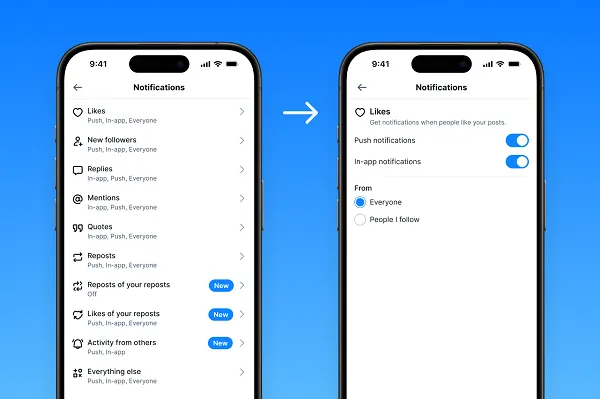Why Snap is letting DTC merchants use its AR try-on lenses on their sites
App wants to get its fancy shopping lenses on to more retail sites, and the first batch includes boutique sellers.

Snap has launched a new augmented reality service for retailers, many of them small- and medium-size direct-to-consumer brands, which can use the company's virtual try-on technology on their e-commerce websites.
Snap described the new business-to-business offering as its first “software as a service” play, which could help with the adoption of AR commerce, an area in which Snap has an edge. Until now, merchants mostly used Snap AR Lenses on the Snap app to promote products such as clothes, beauty, home goods and apparel. With AR enterprise shopping, boutique merchants can implant the try-on technology into their websites and apps.
Snap brings its “AR technology suite beyond Snapchat, and into customers’ owned-and-operated apps and websites,” the company said in an announcement on Thursday, “to transform the way they engage with consumers and drive business results.”
There are 300 merchants integrated with the software, so far, Snap said. The brands in the program include Goodr, Princess Polly and Gobi Cashmere. With Snap’s new software service, consumers will see a Snap-branded “try-on” button on the participating websites. The link opens the camera of the device, which lets the consumer check how the AR version of the product looks on themselves.
Snap is promoting the service as a way for retailers to cut down on return rates, since the customer may have more certainty about the product after they view it virtually. The shopping service “brings together our AR technology and AI-generated fit and sizing recommendations into a cohesive service,” Snap said in its announcement, “helping retailers improve brand loyalty, increase conversions, and decrease expensive and environmentally harmful product return rates.”
AR enterprise software could help Snap overcome one of its weaknesses, which is AR hesitancy among brands. Marketers have been impressed by the potential to create virtual twins of their product lines that are shoppable online, but the technology has been inaccessible. Creating AR assets can be pricey, too, and the return on investment is still uncertain. Yet many retailers are exploring the potential, including L’Oreal, Michael Kors, Warby Parker, Gucci, Nike, Gap and others. Platforms including Amazon, YouTube, Facebook, Instagram, Pinterest and TikTok have built AR capabilities. Snap has always been considered a pioneer in AR, and developing features for marketers based on the tech.
Last year, Snap touted a program that encouraged merchants to upload their AR products into the Snap app to boost interest in shopping. Snap has what it calls “Catalog-powered Shopping Lenses,” which Amazon, Walmart and Luxottica Sunglass Hut used. Those lenses stay on Snap’s app. The new software program brings the same try-on tech to merchants’ sites.
Snapchat is looking to expand its number of services as advertising slows down. In the fourth quarter, Snap, with 350 million daily users, generated $1.3 billion in revenue—most of its money comes from ad sales—and revenue was flat year over year. Snap also is among the tech companies that have had to conduct massive layoffs, and last summer it cut 20% of staff.
The more merchants tap into Snap’s shopping software, the more they could be inclined to spend on ads on Snap. The relationship could also open more data points for Snap to understand its users and the tastes of consumers outside the site.

 JimMin
JimMin 
































